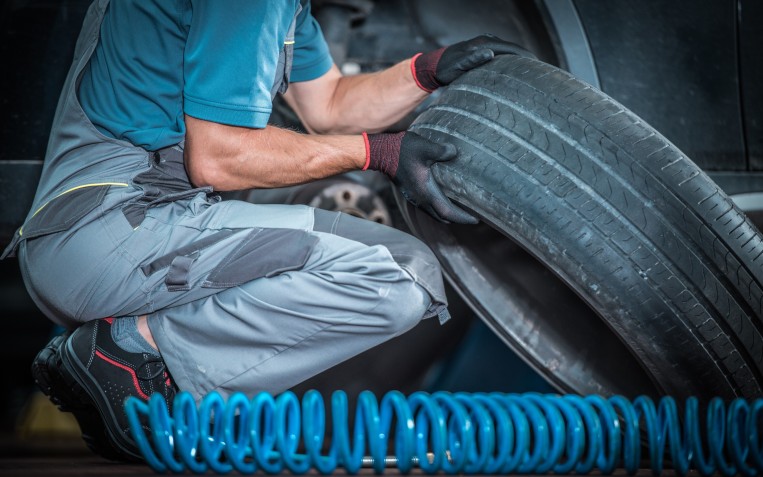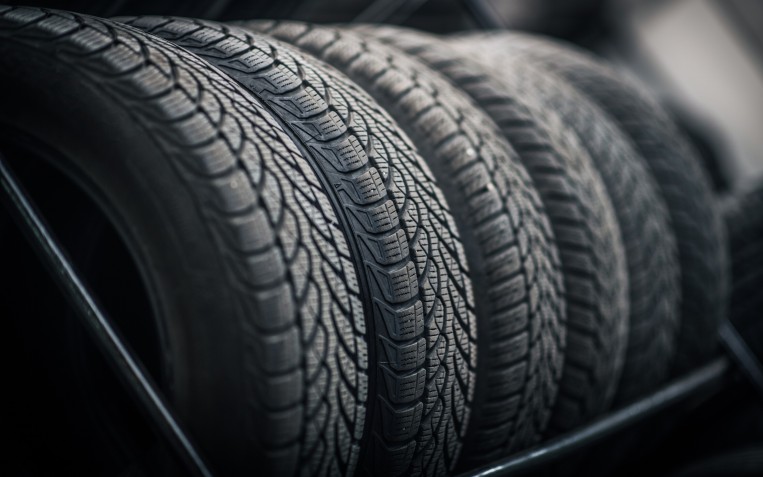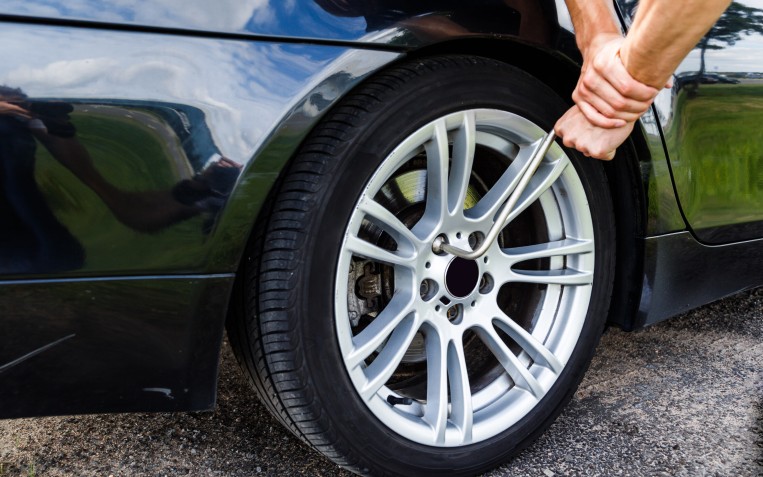Should tyres be replaced in pairs?

Why two tyres are better than one.
We all recognise that tyres are a costly expense when it comes to the maintenance of your car, but it's one that is vitally important in keeping you and your passengers safe.
From ensuring the tyres are the right pressure to the right tread depth, it's important to make sure you check them at least every four weeks, and especially before any long journeys, to avoid costly accidents.
But what do you do if you get a puncture in one, and the rest 'seem fine'? Should you just change one tyre or change tyres in pairs?
As experts in the subject, we regularly get asked the question 'should I replace tyres in pairs?' Understandably, people have cost and budget concerns and want to make sure they are being given the right advice and for the right reasons. So we feel it is important to stress that safety is at the forefront of everything we do and in all advice we give.
Should tyres be replaced in pairs?
The simple answer is, yes - they should be replaced in pairs. We recommend that you change more than just the one tyre when you are replacing a damaged tyre. Having a new tyre with three worn tyres, for example, can create issues with the tracking, handling and even throw out the balance of the car. Your tyres influence your ability to brake, accelerate and most importantly, keep you safe, so we would almost always advise to replace tyres in pairs.
A safe car ride needs to be balanced and predictable. Just as your brakes need to be able to perform the task at the same time, tyres also need to be able to behave in a similar fashion.
What if all tyres were new and just one got damaged?
There are some exceptions to this rule. If perhaps you have just changed your tyres, and only a small percentage of tread has been lost on all four, then it may be safe to change just the one damaged tyre. However, we would strongly advise you to get an expert tyre fitter to check before you make that decision and ensure that each are of a similar tyre tread depth with very little wear.
But there is also another factor to consider which is equally important. Which is that the two tyres which are changed, need to be on the same axle.
How can you check if you have the same tyres on each axle?
Otherwise known as an axle pair, these are a pair of wheels which share the same axle.
Cars almost always have two wheels attached to each axle. Sometimes the axel and the wheels turn together, but more often than not, it is the axle which stays stable as the wheels rotate from it.
By looking at the front two tyres followed by the rear tyres, you can see these are each axle pairs. Look on the sidewall of the tyres and the make, model and tread should match up.
Is changing tyres in pairs more expensive?
Having mismatching axle pairs can work out to be a lot more costly than having two new tyres on your car.
Uneven tyres create uneven force on your axle which, in the long term, can create very expensive problems for your car. In the shorter term, your tyres will grip the road differently which then creates uneven braking and less grip on the road.
What if you own a 4x4 vehicle?
Having a four-wheel drive car means that it's recommended that all four tyres should be replaced when one is damaged. The car system relies on all four tyres when it's being driven. It is recommended that you check your car manufacturers handbook for further information.
Is there anything else I need to know before I replace tyres in pairs?
If in doubt, always ask an expert. One of our specialists will be able to advise on the safest action for you to take when it comes to all things related to your tyres.
Don't forget, the legal tyre tread depth for cars in the UK and Europe is 1.6mm across the central three-quarters of the tyre, according to law. The tread must meet this minimum requirement across its complete circumference. You can find out more about the do's and don'ts of tyre tread by reading our handy tyre tread guide.
Contact your local PTA Garage Services if you require further guidance on tyre tread or to have your tyres inspected by one of our specialists.
Related Content

What do different tyre tread patterns mean?
The tyre tread is the part of your tyre that makes direct contact with the surface of the road. Tyres have different types of tread patterns that can influence tyre wear, noise level, fuel consumption rate, driving comfort and handling traction &ndas...

Tyre Size Guide
Understanding tyre size Understanding the size of your tyre can be confusing. Typically, you can find the correct tyre size for your vehicle us...

How to change a tyre
Knowing how to change a tyre is an essential skill - even if you never want to use it! You can save both time and money by learning how to change your...

